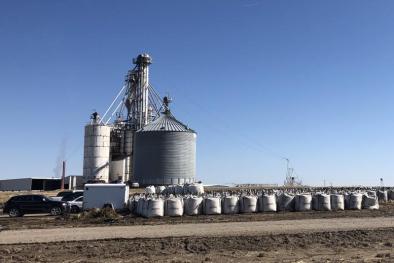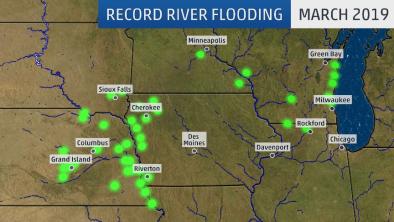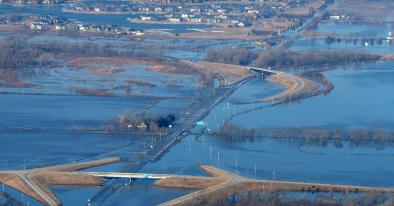Science Source
Heavy Precipitation and High Streamflow in the Contiguous United States: Trends in the Twentieth Century
- States that changes in several components of the hydrological cycle over the contiguous United States have been documented during the twentieth century: an increase of precipitation, especially heavy and very heavy precipitation, and a significant retreat in spring snow cover extent over western regions during the last few decades
- States that these changes have affected streamflow, including the probability of high flow
- Finds a significant relationship between the frequency of heavy precipitation and high streamflow events in the eastern half of the United States both annually and during the months of maximum streamflow
- Identifies two factors that contributed to finding such a relation: 1) the relatively small contribution of snowmelt to heavy runoff in the eastern United States (compared to the west), and 2) the presence of a sufficiently dense network of streamflow and precipitation gauges available for analysis
- Finds an increase of spring heavy precipitation events over the eastern United States indicates with high probability that during the twentieth century an increase of high streamflow conditions has also occurred
- In the West, a statistically significant reduction of snow cover extent has complicated the relation between heavy precipitation and streamflow
- Increases in peak stream flow have not been observed here, despite increases in heavy precipitation events, and less extensive snow cover is the likely cause
Related Content
Headline

Mar 25, 2019 | U.S.
Floods shut nearly a sixth of U.S. ethanol production
Headline

Mar 22, 2019 | The Weather Channel
Record Flooding in Nebraska, Iowa, South Dakota, Wisconsin, Minnesota and Illinois Follows Snowmelt, Bomb Cyclone
Headline

Mar 22, 2019 | New York Times
Why Is There Flooding in Nebraska, South Dakota, Iowa and Wisconsin?
Science Source
| Journal of Climate
The Effect of Global Warming on Severe Thunderstorms in the United States


